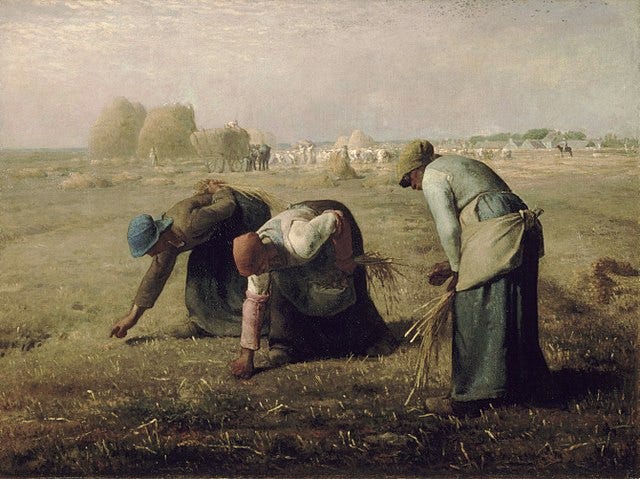“Trees that are slow to grow bear the best fruit.”
― Moliere
Art Skills cannot be 3D-printed
We usually have unreasonable expectations from our body and mind, and from our teachers/tutors and even the world. We want to learn art in weeks and months or maybe a year. But our art skills grow like plants, slowly and deliberately, and need a lot of nutrients from the environment.
Learning the craftsmanship part of art can be thought of like growing a plant in a nursery or a garden. The plant will wither away or be stunted if not provided proper nutrients - sunlight, water, soil. And even when these are available, the plant grows with the pace of its species, it cannot be hurried.
Nutrients for Art Skills
In my little experience learning drawing and painting I think there are some nutrients that the tree of our skills cannot grow without :-
1. Time
No art skill grows instantaneously. There are changes to our brain involved. Muscle memory is not built in a day. Therefore the first asks from a learning artist are consistency (hard work) and patience. We must work at our skill at a regular schedule, spend time doing what needs to be done. Doing repetitive tasks daily is much more effective, than sudden bursts of long hours of work and then nothing at all for many days.
Even when we are working hard for days and weeks, growth in skills might stall or even seem to regress for long periods. The student artist must maintain a patient discipline during such distressing times. Skill improvements happen in quantum leaps through minor and major aha moments. And every artist is different just like every plant is different. We can’t predict when these sudden bursts of growth happen.
2. Attention
When we are practicing our art, we should be present in the moment with what we are drawing or painting. Our brain should be aware at what is happening on the canvas, with our hands, how the creation is changing as we work on it. Only by truly experiencing these changes and internalizing them does our brain learn the skill.
If we are listening to music or watching something while drawing, the attention of our brain is divided. If we are practicing in a noisy environment our attention is divided.
When we give our art attention we are hyper-aware of where our weaknesses are and what we need to improve. It is like the plant searching with its branches for the best sunlight.
Fully mindful, aware and attentive learning leads to faster growth in skills.
Intermission
This post has gone on for longer than I expected so I have named it Part-I, and I will write about more nutrients in a follow-up post.
I leave you with a painting The Gleaners by Jean-François Millet, 1857 courtesy Wikipedia.

So long, have a great day,
Abhishek (the art noob)